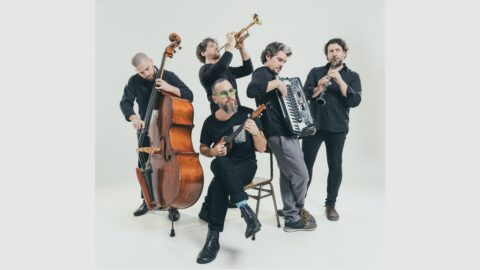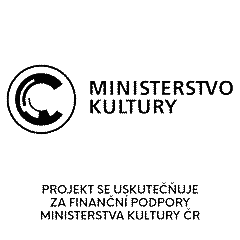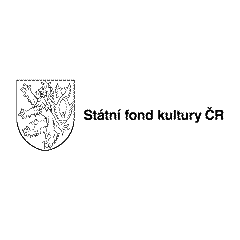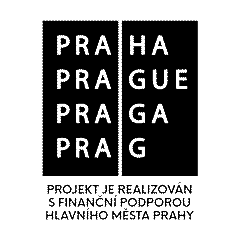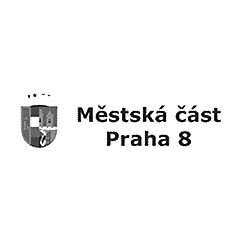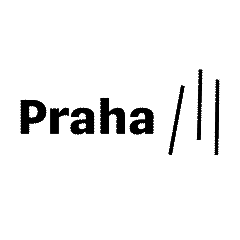Guilherme Kastrup was born in Rio de Janeiro, lives in Brazil's largest city, Sao Paulo, and for two decades was the producer or drummer behind the successes of such major artists as Chico Cesar, Maria Bethânia and Tom Zé. He was instrumental in the comeback of the 80-year-old singer Elsa Soares, a major figure in Brazilian samba and the recipient of numerous Grammy nominations. His independent, strongly individualistic work, on the other hand, is far removed from popular genres and represents a musical reinvention. Kastrup draws on African traditions and combines them with a typically Brazilian playfulness with experimental directions and classical music references. It is strongly inspired by the spirituality of the Afro-Catholic religion of Candomblé. His second album, Ponto de Mutação, was influenced by the book The Turning Point by the American physicist and visionary Fritjof Capra, also translated into English.
Brazilian music represents a parallel universe to the rest of the world, which is governed by its own rules, which has a historical reason. When the entire Portuguese royal court went into exile in Brazil, then a Portuguese colony, during the Napoleonic wars, they took the court orchestra with them, making the boundary between pop and classical in current Brazil miraculously permeable. However, other factors, non-existent elsewhere, also intervene in the Brazilian musical spectrum. Many black Brazilians follow the religion of Candomblé, a syncretic fusion of Catholicism and African spiritualism. It is not a secret sect: “In Brazil, we practice these rituals both in church and privately in the family or in the backyard, just as we used to do in Africa. For us, it’s a natural and everyday thing, don’t look for carnival extravaganzas, like a gypsy woman telling you the future with her cards,” says one of Brazil’s most respected artists, singer Gilberto Gil. Catholic saints are linked in candomblé to African deities known as “orisha.” The most powerful is Chango, a symbol of balance and justice, symbolized by an axe with a blade on either side. Related religious movements can be found in other countries, with Santeria in Cuba, voodoo in Haiti, and African temperament strongly influenced American gospel. “We could call these styles ‘musical religions’. Even in candomblé, the most important ingredient is music, which has infiltrated many modern Brazilian styles,” explains Gilberto Gil.




